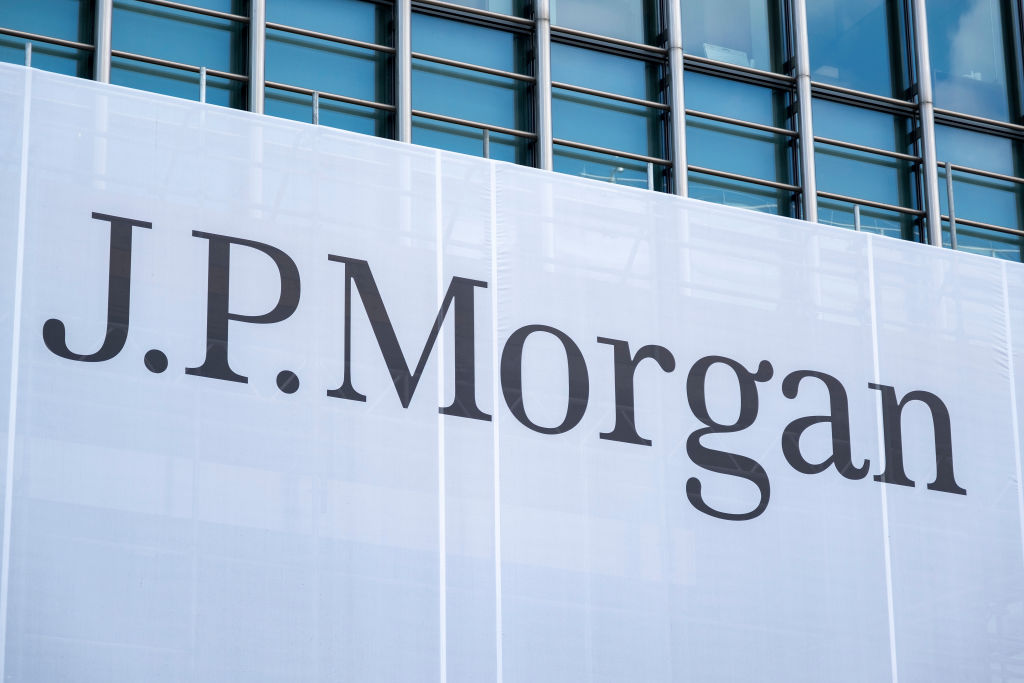
Factor funds can be tricky. These funds, which aim to capitalize on certain market attributes or themes, don't always seem to work if the market moves too quickly.
But we've noticed something about the JPMorgan U.S. Quality Factor (JQUA) fund, a member of the Kiplinger ETF 20, our favorite cheap ETFs you can buy. The exchange-traded fund has kept pace with the S&P 500 index over most time frames, and it has been a smidge less volatile. Over the past five years, the fund's 13.3% annualized return eked past the 13.2% gain in iShares Core S&P 500 (SPY), an S&P 500 index ETF, with less volatility.
What's the difference between the two funds? The iShares ETF holds all of the large-company stocks in the S&P 500, which are picked by a committee at S&P Dow Jones Indices. The selection process favors companies that meet certain criteria, such as company size, positive earnings and a sufficient percentage of shares available for public trading.
But JPMorgan U.S. Quality Factor ETF holds just 250-odd stocks and starts with a broader index, the Russell 1000, which means more midsize firms are in the mix. Companies in the Quality Factor fund have an average market value of $112 billion, according to financial data firm Morningstar. (By contrast, stocks in the Core S&P 500 ETF have an average market value more than double that, $278 billion.)
Finally, companies in the Quality Factor ETF must pass muster for a variety of profitability criteria (such as return on equity), solvency (such as cash flow relative to debt) and earnings quality (such as the ratio of a firm's balance sheet to its average total assets over the past year).
Despite their differences, the two funds share similar top-10 holdings, including some of the usual suspects: Meta Platforms (META), Alphabet (GOOGL), Nvidia (NVDA) and Microsoft (MSFT). But about one-third of the holdings in U.S. Quality Factor ETF aren't in the S&P 500 index. Some of those stocks, including home goods retailer Williams-Sonoma (WSM) and cybersecurity software maker CrowdStrike Holdings (CRWD), have more than doubled in price over the past 12 months.
Note: This item first appeared in Kiplinger Personal Finance Magazine, a monthly, trustworthy source of advice and guidance. Subscribe to help you make more money and keep more of the money you make here.







